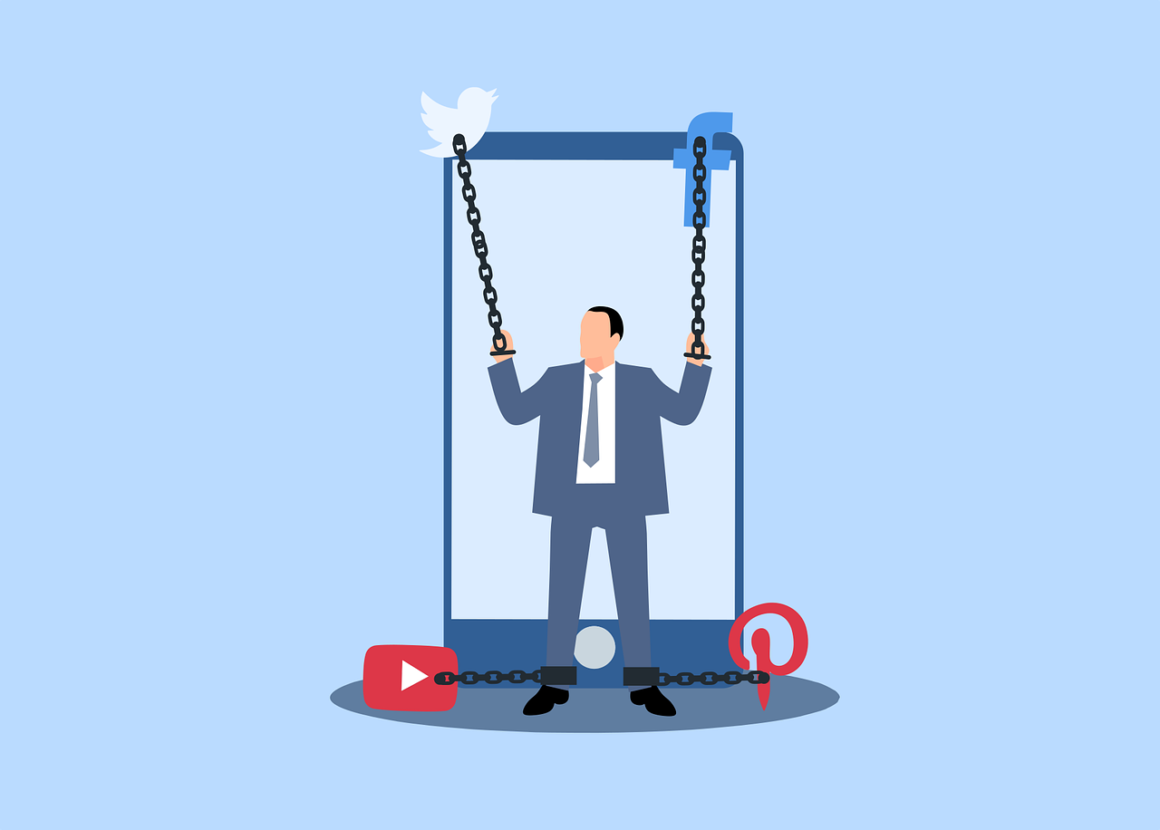68 million internet searches per day are related to porn, and 64 % of 13 to 24-year-olds actively seek out pornography at least weekly. Needless to say, watching porn isn’t a rare occurrence in our society; or even in past societies. In fact, the beginnings of pornography can be traced all the way back to 5200 BCE, when early hunter-gatherers created a statue of a man and woman having sexual intercourse.
However, porn didn’t become ubiquitous until its commercialization in the late 20th century (and the beginnings of Internet use by the public). TV, website, social media and radio advertisements; magazines; billboards; and shop trinkets sporting sexually suggestive content are now so commonplace that it’s normal to scroll through Twitter and see x-rated GIFs or drive down the highway and spot a billboard advertising Pornhub. The widespread commercialization of porn has led to an increase in viewing porn. And with porn viewing can come addiction.
The reason why porn watching is so enticing in the first place is the fact that people have an innate desire for pleasure. The executive director of Alternatives Behavioral Health, Dr. Adi Jaffe, has stated that “Humans are drawn to rewards, both natural and manufactured. Pornography occupies an interesting middle ground, as it presents a natural reward in a manufactured setting and in high concentration.”
While watching porn, the reward pathway of the brain is activated. High amounts of the neurotransmitter dopamine are released in response to the sexual stimulation from porn. This produces an “unnatural high” that the brain is incapable of handling. Continued exposure to porn results in the desensitization of dopamine receptors in the brain, and in turn increasing amounts of dopamine need to be released in order to reach the initial level of pleasure. At this point, significant chemical changes are happening in the brain, particularly within the prefrontal cortex.
The prefrontal cortex, which is responsible for inhibition, decision-making, and reasoning, utilizes administrative control over emotions and impulses that surge from the middle of the brain. Porn addiction can cause the prefrontal cortex to erode, essentially depleting any willpower to regulate the desire to watch porn. This is what can make porn addiction so difficult to overcome; there is minimal motivation present to stop viewing it, even if one has the knowledge that doing so is having negative impacts on their life.

What’s especially concerning is the fact that the prefrontal cortex does not reach full maturity until the age of 25. Until the brain is fully developed, there is a lack of complexity of thought, sophistication, and regulation of emotions occurring in the brain. In the case of porn addiction in adolescents, the prefrontal cortex begins to malfunction before it even has the chance to fully develop, making it even harder to quit.
When porn addiction is occurring, its viewing quite candidly evolves from the sporadic viewing of a few explicit images to an unregulated obsession. This dependency on porn can further progress into a relationship and mental health problems. The American Psychological Association notes that watching porn frequently can lead to decreased intimacy, reduced sex quality for couples, emotional withdrawal, and addictive behaviors. A 2015 study also found that the frequent use of pornography strongly correlates to greater verbal and physical aggression, adding further strains to relationships. Considering that addictions affect all facets of one’s life, an addiction to pornography can progress into various mental illnesses. Excessive viewing of pornographic content has proven to be linked to depression and anxiety.
Even though watching porn is relatively common, doing so can rewire the brain and lead to addiction, relational problems and mental illness. Around 200,000 Americans are classified as “porn addicts,” speaking to the extent of this recently-named public health crisis.
If you are struggling with porn addiction, check out Fortify.
Featured Image Via Pixabay




